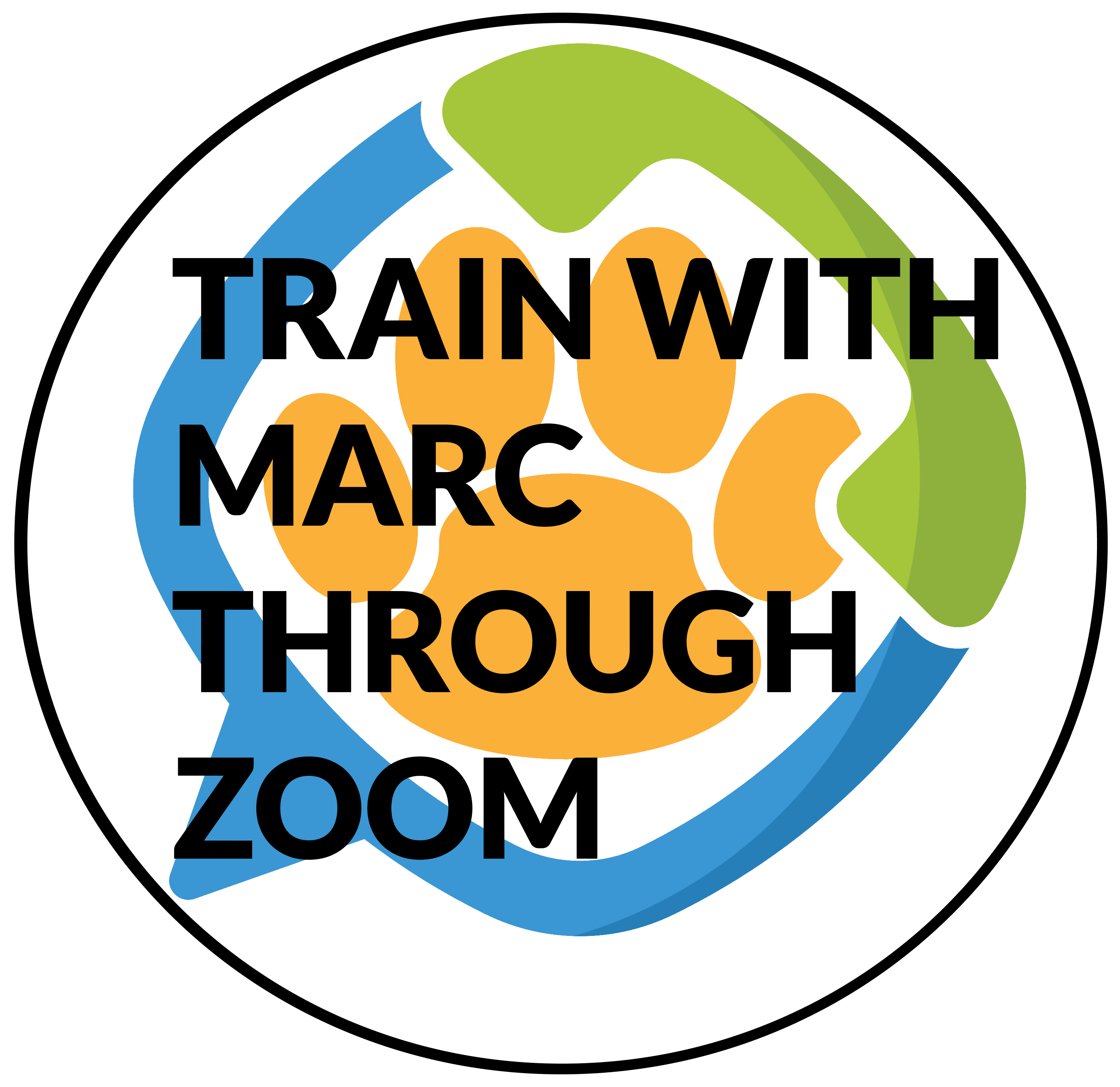Many dogs do not like to be carried. Others will endure it. But it can often be necessary to lift your dog to help them onto the couch or into the car, or to move them after an injury. There is a right way to hold your dog to avoid injury or stressing your dog unnecessarily.
How to Hold a Dog the Right Way
Being held can be a challenging experience for a dog, especially if he is in pain or in a stressful situation, like at the vet. Dogs who were well socialized should be used to being handled, but this does not always mean it is comfortable. Rescue dogs and those who did not experience being held as puppies may be more resistant.
Picking your dog up with the following methods will help keep your dog safe and as comfortable as possible when being carried:
- Give Your Dog a Cue - Picking your dog up suddenly can be alarming for him. As you are conditioning your dog, always precede picking your dog up with a cue. This can be a spoken cue or a physical one like holding your hand at your dog’s shoulders. When your dog is aware of what is about to happen, he will feel more in control.
- Lift a Small Dog - For dogs under 20 pounds, put one hand beneath your dog’s chest between his front legs and put your other hand beneath their abdomen. Cradle your dog to your chest to keep him secure.
- Lift a Large Dog - For dogs greater than 20 pounds, place one arm around the front of your dog’s chest and the other around their butt at mid thigh. When you lift your dog up, lift with your legs to avoid hurting yourself. For very large dogs, having one person to support the head and one to support the back is beneficial.
- Condition Your Dog - If you are conditioning your dog to stand being picked up, provide treats after you lift your dog and limit how long you hold your dog at first.
Some breeds or situations require special care. Longer dogs like dachshunds and corgis need extra support along their backs as they are at greater risk for injuries. Dogs that are injured need care as well. An injured dog will be more likely to snap, which could be dangerous for both of you. A severely injured dog may need a stretcher to safely transport them in which case you should call an emergency vet.





